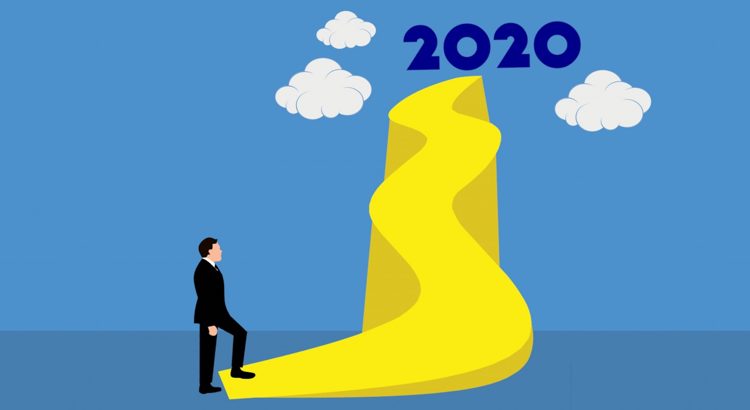How to Improve Audio Transcription: Six Essential Tips
Audio transcription, or turning spoken words into text, may sound simple. But creating accurate, high-quality transcripts requires more than just basic typing skills. Even beginners can produce professional results by following proven strategies and best practices. This guide covers six important tips for anyone looking to learn transcription or sharpen their existing skills.
Six Key Tips to Improve Your Transcription Skills
1. Plan Your Time and Meet Deadlines
Always ask yourself before you start: “Can I finish this on time?” Staying on schedule is one of the most important parts of professional transcription. Here’s what you should consider:
- Audio length: Longer recordings need more time.
- Number of speakers: More voices can make the job harder.
- Audio quality: Background noise or unclear speech can slow you down.
- Breaks and editing: Leave time for short breaks and final proofreading.
Consider setting a realistic daily goal and use timers to stay on track. Planning your workflow improves consistency and helps you avoid late submissions.
2. Use the Right Transcription Equipment
Good equipment makes transcription easier and more accurate. Here’s what you need to start:
- Computer: A PC or laptop is essential.
- Word processor: Use options like Microsoft Word or Google Docs.
- Transcription software: Programs designed for audio playback and control can boost your speed.
- Headset: Choose a comfortable headset, preferably with noise-canceling features. Over-the-ear models help with long sessions.
A quality headset lets you hear speech more clearly. This cuts down on mistakes and reduces ear strain, especially during long projects. Pick equipment that feels good for hours of use.
3. Pay Close Attention to Grammar
Transcripts need correct grammar to be readable and professional. Tools like spell checkers help, but they do not catch every mistake. According to the American Press Institute, nearly 80% of readers say grammar errors reduce their trust in content (2021).
- Check common confusions:
- its (possessive) vs. it’s (it is)
- your (possessive) vs. you’re (you are)
- their (possessive) vs. they’re (they are)
- his (possessive) vs. he’s (he is)
- were (past "be") vs. we’re (we are)
- affect (verb) vs. effect (noun)
- farther (distance) vs. further (degree)
- lay (to place) vs. lie (to rest)
- neighbor (U.S.) vs. neighbour (UK)
- Consistent language: Stick to one form of English (for example, always use American spellings).
Proofreading at the end will help catch grammar errors that automatic tools miss. For added accuracy, consider transcription proofreading services from reliable providers.
4. Use Clear Formatting
Good formatting makes transcripts easier to read. It also saves the client time and leaves a professional impression. Use these formatting standards:
- Speaker labels: Clearly mark who is speaking (e.g., Sam:).
- Indentation: Use consistent margins and spacing.
- Font: Stick with readable, professional fonts like Arial or Times New Roman.
Example of good formatting:
Alex: Can you update me on the project timeline?
Jordan: Sure, we are ahead by two weeks.
Try to avoid cluttered spacing, inconsistent labels, or missing attributions. Clear structure improves both speed and quality.
5. Transcribe Word-for-Word, Not Summaries
Your job in transcription is to provide an exact record of what was said. Keep these guidelines in mind:
- Write exactly what you hear: Do not paraphrase, summarize, or reword.
- Mark unclear speech: If a sentence is impossible to understand, use a tag like [inaudible] instead of guessing.
Example:
Alice: Please share the quarterly numbers.
Tom: We spent $500,000, and earnings will exceed that in the next quarter.
A bad transcript would paraphrase or leave out details. Professional transcripts maintain accuracy, as well as the tone and word choice of the speakers.
Verbatim transcription can be crucial in legal or medical contexts, where even a small change might have serious consequences. Learn more about automated transcription tools that support word-for-word accuracy.
6. Proofread Before Submitting
Proofreading is your last step before delivering a transcript. Even experienced transcribers make small errors, so checking your work is essential.
- Take a break: Pause before your final review to catch mistakes with fresh eyes.
- Fix [inaudible]: With a clear mind, listen again to hard-to-hear sections—you might now decipher the words.
- Read aloud: Reading your transcript can expose grammar slips or awkward sentences.
For critical transcripts, professional proofreading can ensure your work meets the highest standards. GoTranscript provides top-quality proofreading services for extra confidence.
Additional Resources
If you want to further enhance your skills or need support for larger projects, check out these helpful solutions:
- Transcription services – End-to-end service for any size project.
- Closed caption services and subtitling services – Add accessibility to your videos.
- Text translation services and audio translation service – Multilingual content made simple.
- Transcription pricing and captioning services pricing – Affordable options for every budget.
Final Thoughts
These six tips offer a solid foundation for anyone looking to master audio transcription. Over time, you'll find your own routines and preferences, but these guidelines will help you start strong and avoid common mistakes. With the right equipment, careful planning, and attention to detail, anyone can improve their transcription quality.
If you want professional, reliable results, GoTranscript offers a wide range of transcription solutions and support tools tailored to all transcription needs.



















 Verified Order
Verified Order